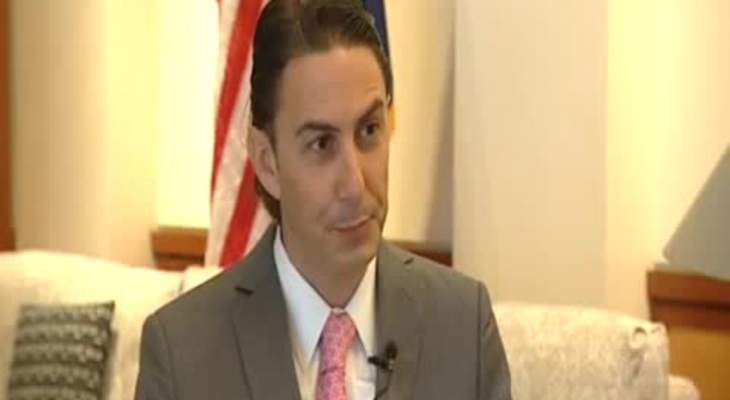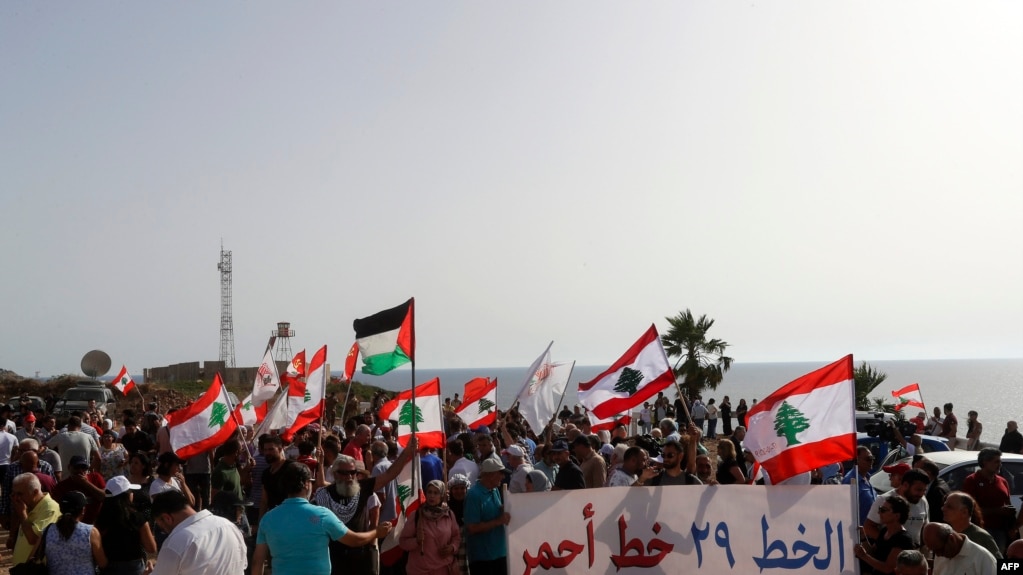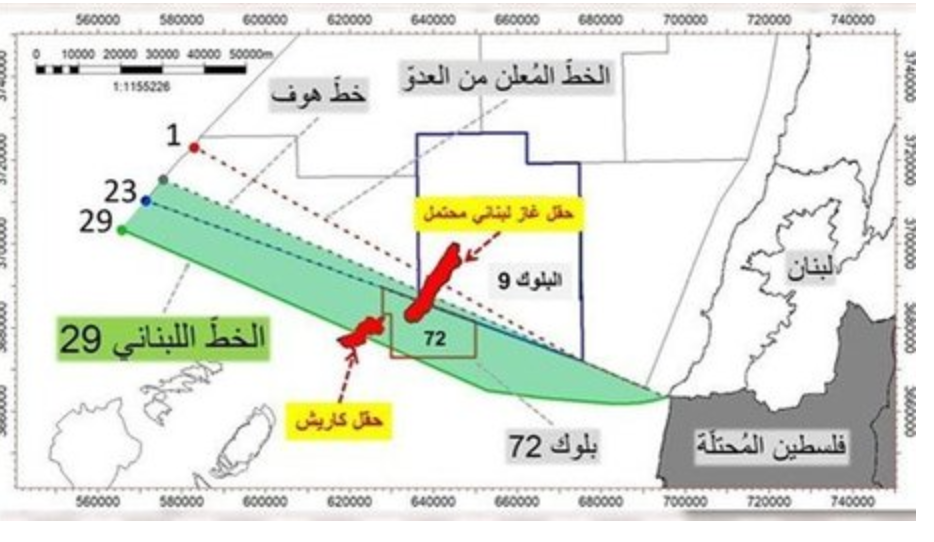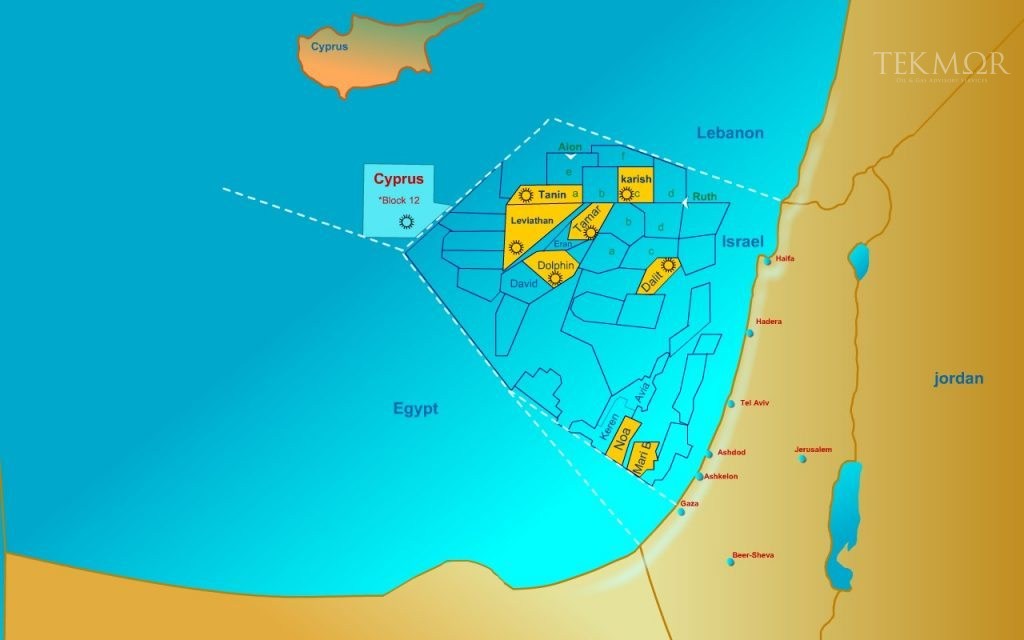By Wael Taleb
Lebanese President Michel Aoun during a press conference in Baabda on Oct. 14, 2021. (Credit: Dalati and Nohra)
BEIRUT — A source from the Baabda Presidential Palace told L’Orient Todayon Monday that in its maritime border negotiations with Israel, Lebanon is going to try to “secure” the Qana gas field and “negotiate” on line 29, which gives Lebanon an extra 1,430 square kilometers to the country’s maritime borders. The US mediator into the Lebanese-Israeli maritime border negotiations Amos Hochstein arrived in Lebanon this afternoon.
Here’s what we know:

• During the indirect negotiations between Lebanon and Israel, many are calling for President Michel Aoun to demand territory as far south as line 29, however, Aoun has so far not signed a decree that would amend the Decree No. 6433 of 2011, affirming Beirut’s stake to Line 29 of the maritime borders instead of 23, which currently dictates its outlined maritime borders.
• After meeting with the 13 opposition MPs on Monday, Aoun said in a press briefing that the negotiations between Lebanon and Israel for the maritime borders had stopped after Lebanon “suggested” line 29 as its territory. Last Monday, MP Melhem Khalaf, speaking on behalf of the 13 opposition MPs, called on the executive authority to “instantaneously and without any stalling — we are talking within hours, not days or weeks — amend the Decree No. 6433 of 2011 and affirm Line 29 instead of 23,” adding that not doing so is “questionable.”
• On June 5, Israel deployed a floating production, storage and offloading vessel to the disputed Karish offshore gas field, causing tensions with the Lebanese side.
• Last Thursday, the head of the Free Patriotic Movement and Aoun’s son-in-law Gebran Bassil appeared to propose a solution for the maritime border negotiations, saying “now is the time to impose an equation of no gas from Karish means no gas from Qana.” The Qana gas field exceeds line 23 on the maritime borders, which Lebanon officially considers to be the end of its maritime borders.

• The Presidential source also told L’Orient Today that Aoun has “suggested” line 29 as a Lebanese territory instead of signing Decree No.6433, which would make it Lebanon’s official stance, “because if we do that, the negotiations will stop indefinitely … Besides, Israel can still extract oil from the Karish field from the outside of line 29 through the use of directional drilling method . ”

• Marc Ayoub, an energy policy researcher at the Issam Fares Institute for Public Policy and International Affairs at the American University of Beirut, told L’Orient Today that it is technically possible that Israel can extract gas from the Karish field from the southern side of Line 29.
L’Orient Today

Leave a Reply
You must be logged in to post a comment.